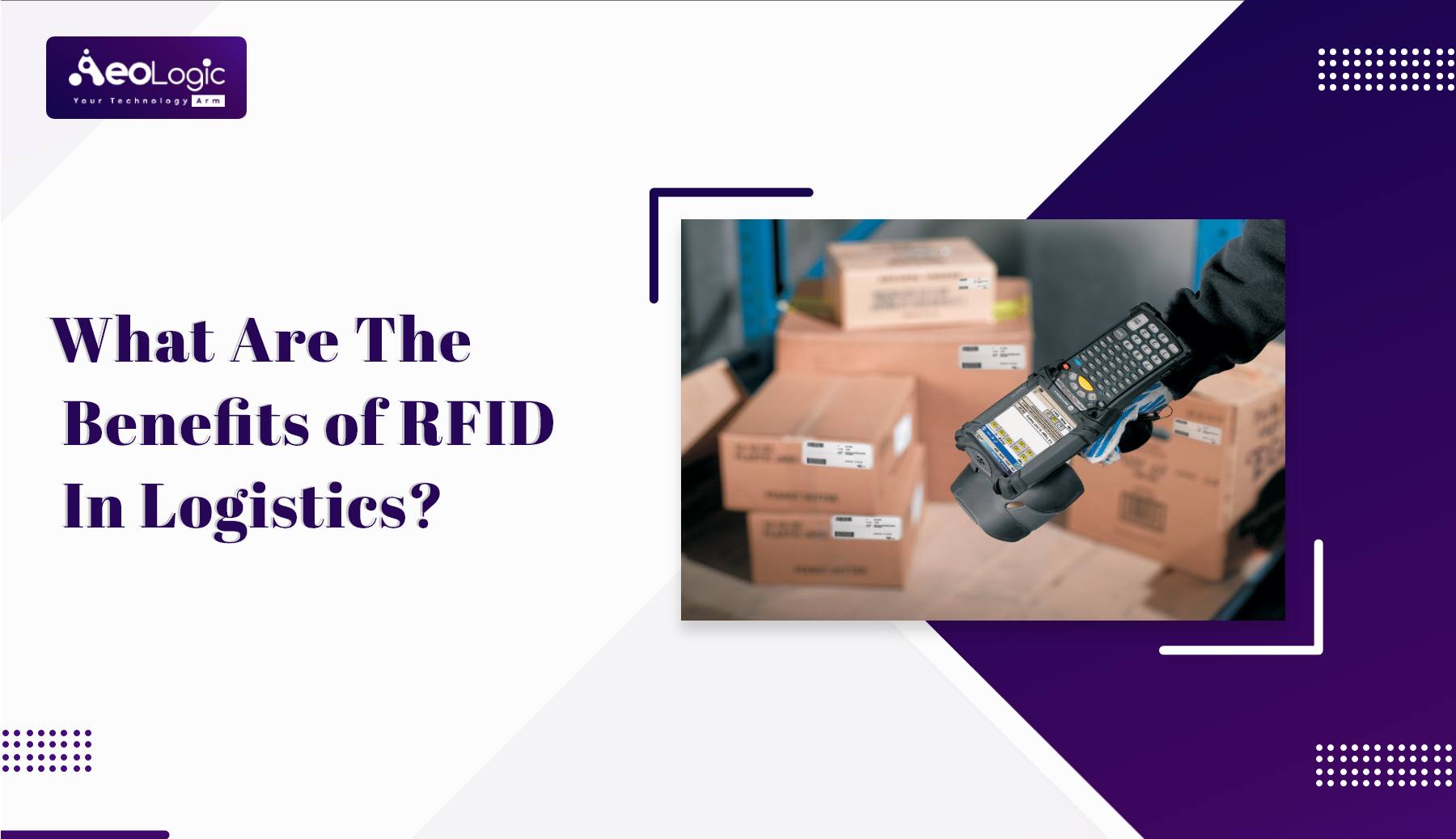In the last couple of years industries of various types have started implementing technologies in their work processes to optimize their results. The reason behind this shift is that these technologies help the business to stand out from the competition. These technologies enable the user to function more efficiently and effectively, effortlessly.
Radiofrequency identification (RFID)
Radiofrequency identification (RFID) is a type of technology that has seen a boom in its use cases in various industries. RFID works on radio frequencies or radio waves, there is a tag involved in it which is known as an RFID tag that gets attached to the object now this object can either be a product or bird, or animal. Another this technology consists of is an RFID reader that sends the radio waves to an RFID tag to get the data to transmit. The fetched data gets stored in the cloud which further can be used in various activities.
Following are the Benefits of RFID in Logistics
1) – RFID is a technology that increases the efficiency of this process chain. With RFID data are transferred without physical contact. In addition, RFID helps positively identify shipping units in instant valuable information is recorded and utilized on an international scale. The process chain begins with production and continues by way of a central warehouse onto the retailer
2) – In the manufacturer’s warehouse goods are prepared for distribution to retailers without RFID order picking of mixed pallets for delivery to department stores or supermarkets can be extremely time-consuming because it requires a whole series of individual steps most of them are manual.
3) – With implementing RFID the process which has to be carried out by hand will function automatically. The hey is the RFID tags that can be attached to the boxes and pallets as early as the production stage. Communication between tags and RFID readers is fully automatic they practically do the work by themselves.
4) – Readers are installed at various points in the sorting and order picking process to register the electronic product codes stored on the tags the moment they come into the range.
5) – These data are immediately transferred to the central logistics and merchandise management system. the goods delivered are compared in detail with the ordered goods within seconds.
6) – RFID tags indicate where each product belongs for example the hangar goods sorter to transport the merchandise to its intended destination. The faster the goods leave the warehouse the more efficient the process.
7) – Processing incoming goods by today’s methods is also quite labour-intensive and so is warehouse management, sorting, and positioning the goods because a large proportion of the processes must be carried out manually.
8) – In the incoming good area RFID is set to considerably accelerate the process. The fully automated reader registers the relevant information as goods enter the gate the data is transferred directly to the merchandise management system. This proves to be time savings of the whole cargo and be cost-effective because the merchandise reaches its destination much faster and both manpower and means of transport are utilized more efficiently.
Conclusion
To conclude we’ll like to say that this is just the tip of the iceberg. RFID technology has a lot more to offer to know about it we’ll suggest our other blogs on radio frequency identification(RFID).
Are you looking to get radio frequency identification (RFID) in your supply chain and logistics business? If yes so please feel free to contact us at support@aeologic.com

Manoj Kumar is a seasoned Digital Marketing Manager and passionate Tech Blogger with deep expertise in SEO, AI trends, and emerging digital technologies. He writes about innovative solutions that drive growth and transformation across industry.
Featured on – YOURSTORY | TECHSLING | ELEARNINGINDUSTRY | DATASCIENCECENTRAL | TIMESOFINDIA | MEDIUM | DATAFLOQ









